Are you about to launch a new Software as a Service (SaaS) product? You’ve picked the right time. The industry is booming and is predicted to hit a huge 232 billion by 2024. Just because you have the perfect product, however, doesn’t mean you’ll hit the market by storm. To make the best impact, you need a thorough plan.
In other words, you’ll need a solid go-to-market strategy. But what is a go-to-market (GTM) strategy, exactly? More importantly, how can you create the perfect plan to launch your product? We’ll explore all that, and more, in this guide.
What Is a Go-to-Market Strategy?
Introducing any new SaaS product is fraught with potential risks. The software might run into issues on launch, or you may need to run a large-scale patch.
A go-to-market strategy is designed as a foolproof plan for introducing your new SaaS product to a target market in the most effective and successful way, anticipating any potential roadblocks.
This strategy involves a series of well-thought-out steps and considerations, which are aligned with your chosen marketing tactics, which may incorporate various elements such as PPC management software and automation tools.
While the right strategy might not avoid issues entirely, it can help mitigate them. GTM strategies also take into account potential successes. What areas of the market are most likely to respond to your product? What can you do to increase these successes? How can you bring new customers to your SaaS product?
Every successful GTM strategy helps clear a path forward by answering some of the following questions:
- Who is your target audience?
- What is the unique value proposition of your product?
- How will you create a marketing plan for your product?
What Are the Different Types of GTM Strategies?
- Sales enablement strategy – This is an approach that focuses on training and producing content for sales team members. It’s intended to put salespeople in the best possible stead to close deals with new customers.
- Account-based marketing strategy – This method focuses on winning over high-value accounts in the B2B sphere, and so can be ideal for SaaS companies. It focuses on providing targeted content to key accounts through multi-channel campaigns, often using cold email software to reach decision-makers directly.
- Demand generation strategy – This strategy focuses on drumming up ‘hype’ for your SaaS product. It involves activities like TV commercials, email blasts, and cold calling using outbound call center software.
Why Is a Go-to-Market Strategy Important?
There are many reasons to create a go-to-market strategy. Let’s look at some of the top examples.
Better Market Understanding
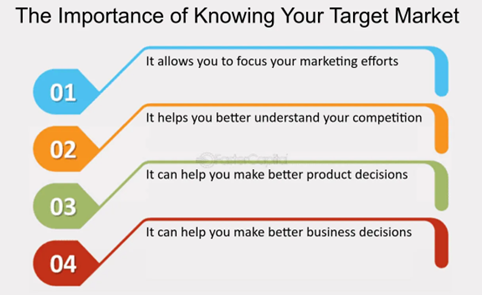
As mentioned, the SaaS market is becoming increasingly crowded. To stand out, you need the best possible understanding of the market. This means gaining an in-depth knowledge of your target market, their pain points, and how you can address them, as well as learning about your competitors and the tactics they use to market their products.
A GTM strategy covers these areas so you have the information you need before marketing your product.
Faster Launches
Rushing your SaaS product is never ideal – you want to deliver the best product for your customers. A hurried, slap-dash approach will probably see your product launching with many glitches.
But a very slow time-to-market (TTM) also presents problems. Your competitors might fill a gap in the market before you can launch.
With careful planning, you can reduce the TTM in numerous ways. You’ll be able to identify and prioritize tasks that will allow your product to reach the market rapidly and effectively and plan your messaging to maximize your impact on launch.
More Efficient Spending
Without careful planning, you’ll have less of an idea of where to allocate your funds. After all, there’s no use pouring money advertising on a platform that isn’t bringing customers. A GTM strategy helps you identify the right channels that will bring the most return on investment.
Building a GTM Strategy
Approaches for building a GTM strategy will vary from business to business. For example, a strategy for a SaaS company producing products to support HR will be different from a company focusing on family law marketing.
With that being said, let’s look at some factors that every SaaS company should consider when building a GTM strategy.
Know Your Customer
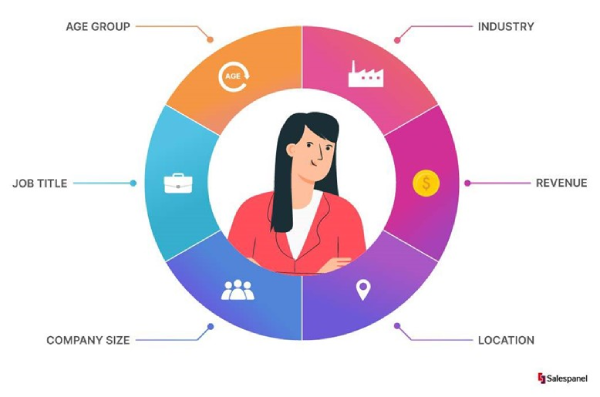
Before beginning any marketing strategy, you first need to know who your customer is. General market research can only take you so far. To get the best possible understanding, you need an ideal customer profile (ICP).
An ICP creates an imaginary customer that is representative of your audience. It can help you to better understand your audience and tailor your marketing towards them. The right ICP can also allow you to lower costs and improve your overall productivity.
To build an ICP, you should ask some of the following questions about your audience:
- What industry do they work in?
- What is their geographic location?
- How many people does their organization employ?
- What is their budget?
- What technology do they use?
- What challenges do they face at work?
Plan Your Messaging
With a clearer view of your audience, it’s time to think about how you will interact with them. As mentioned, your ICP should consider some of the challenges faced by your customers. It’s these pain points that you’ll need to address within your messaging.
Secondly, you’ll need to consider how you will deliver your messaging. Which platforms are most likely to reach your core audience? B2B social media networks like LinkedIn for example, are often utilized by SaaS companies.
Consider which form of marketing your audience is likely to be responsive to. Outbound methods like phone calls will be better for some customers, whereas inbound methods like SEO-rich content may be more effective for others.
In either case, consider what technology you might need to meet your goals. For example, you may consider investing in a business landline phone to ensure call quality. Or, you might need to work with an SEO expert or SEO tools to identify the right keywords for your content.
A multi-channel approach to marketing utilizing email, social media, and paid traffic may be appealing. But you also need to consider the constraints of your budget. If you’re working with limited funds, it may be better to focus on one specific area, rather than spreading yourself too thinly.
Research Your Competitors
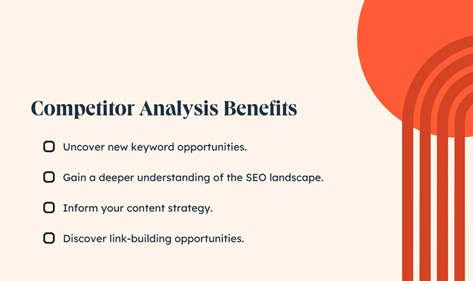
Consider which other SaaS companies reside in your area of the market. What value are they bringing to their customers? What kind of messaging do they use to appeal to their audience? By answering these questions, you’ll be able to better position your product within the market.
Consider also any negative comments customers have about your competitors. Seek out reviews and filter by less favourable assessments. Are there any common complaints? You’ll be able to use these to your advantage when seeking to stand out in your marketing.
Set Clear Goals
GTM strategies should be built around a clear set of goals. Part of choosing goals is picking key performance indicators (KPIs) that help you measure your progress toward objectives.
By keeping a close eye on KPIs, you can make adjustments to your GTM strategy as you go along. For example, let’s imagine that your churn rate (the number of lost customers) is increasing. This shows that your approach to customer retention needs altering.
Common KPIs used by SaaS companies include:
- Revenue churn rate – the percentage of subscriptions lost over a specified period.
- Lead velocity rate – the growth percentage for qualified leads.
- Customer lifetime value – The total value of a business relationship with a customer.
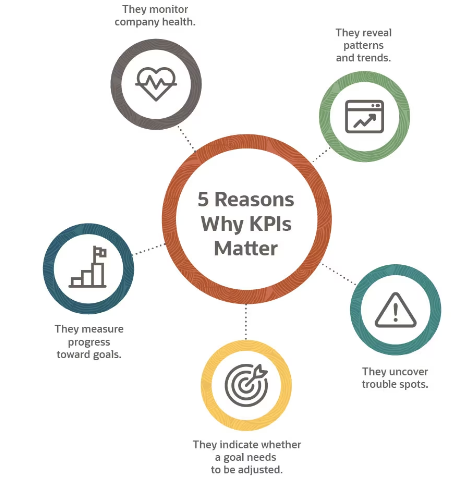
Consider Data Collection
To target the right customers you need lots of high-quality data. When building your GTM strategy, consider how you gather the data you need.
Data can be gathered from different sources, such as by leveraging tools like ZoomInfo and LeadIQ. While each tool operates slightly differently, all give access to targeted leads. The sales team can use this data to chase prospects and gather new subscriptions to your service.
Offer Feedback
Each GTM strategy should be a process of learning. Not every aspect of your strategy will go to plan, or work out in the way you expect. That’s why it’s important that different departments share feedback. Sales, marketing, and product development should offer their perspectives, essentially creating a feedback loop.
This way, when you come to develop your next GTM strategy, you’ll start with a much stronger footing.
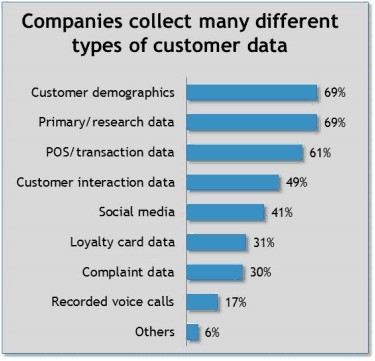
Start Planning Your Go-to-Market Strategy
When you feel you have developed a fantastic SaaS product, it can be tempting to rush release. After all, you’ll be eager to let people get to grips with your offering. But make no mistake, this approach is destined to end in failure. The only way to cut through the crowded SaaS market is by developing a proper go-to-market strategy.
The good news is that by following the steps here, you’ll be well on your way to a winning strategy. Take each stage one step at a time, while taking into account the unique considerations of your organization, such as your product’s place in the market and the ways you can reach new customers.
Investing in a GTM strategy is key, and now you have all the knowledge you need to build yours.
About Author
Jessica Collier is VP of Growth Marketing at Assembly Software, developers of practice management software and cloud-based solutions for the legal sector. Her passion for digital innovation and agile marketing has led to significant success in innovative tech marketing, client collaboration and driving conversion results. You can check out her LinkedIn here.






